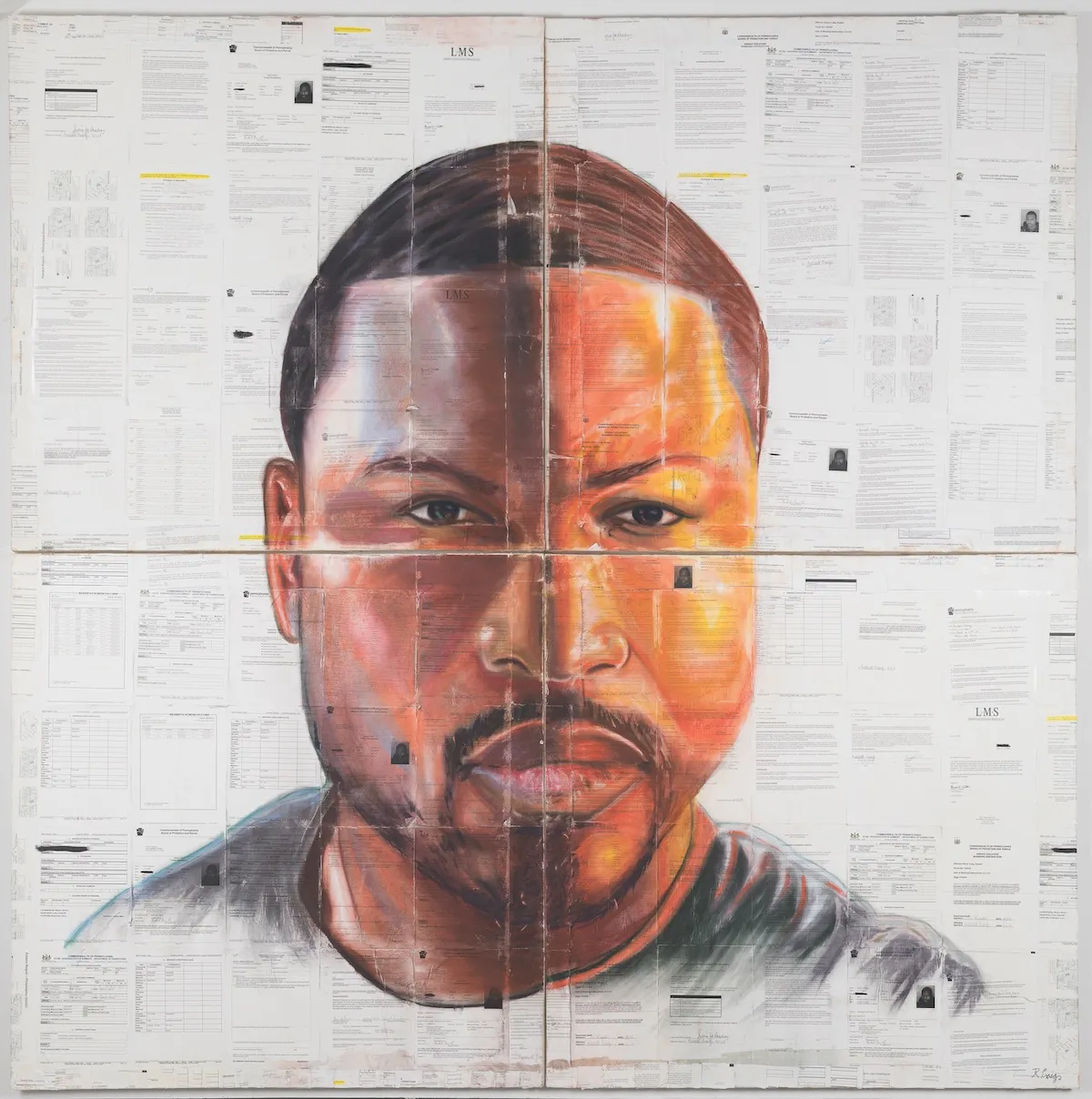
Some argue our most fundamental human need is community. Recent research supports this idea, pointing to our personal relationships as a key to living a healthy, fulfilled life. It is certainly ironic, then, that much of our striving keeps us from building community and nurturing healthy, meaningful, mutually supportive relationships. The word “community” is used in so many ways and often in trite, corny ways that it renders the term trivial or meaningless. However, the ultimate purpose of community is not to send a person to the moon or increase society’s productivity but rather for each of us to be known.
We all have a desperate need to be seen and understood — and that necessitates a community. Although not an absolute guarantee, we all hope that after being known and understood, we are valued and appreciated.
It is interesting to note that young children often act in inappropriate ways to get attention or to be noticed. They do this even when their actions make it more difficult to validate or encourage them. Negative attention is perhaps better or preferred over being completely ignored. Vandalism, theft and in some cases harming others can often times be viewed similarly. When members of a community are not being seen, understood or appreciated, it is common for them to engage in disruptive, destructive or harmful behavior … at least others will be forced to confront their existence. Although understandable, these strategies are never ideal and rarely prove to be productive. This is not the best way to participate in a vibrant, healthy community. If someone’s actions become excessively disruptive or dangerous, communities will enact rules and mechanisms to eliminate, remove or isolate those individuals — as a form of protection and preservation.
One under-appreciated characteristic of a healthy community is its ability to hold one another accountable. Unfortunately, many times corrective action is made in anger, spite, revenge or callous disregard for our fellow human beings. A healthy, supportive community should never correct or discipline as a form of revenge, coercion, exploitation or oppression. In a perfect world, these corrective actions should be taken with everyone’s best interest in mind, with an earnest desire for restoration and healing. Unfortunately, this lofty aim can’t always be achieved, and difficult and tragic actions need to be taken. In many ways, devising appropriate corrective rules and mechanisms as well as applying them thoughtfully and humanely is the ultimate test of every community. That is why “prisoner art” like the self-portrait shown here by Russell Craig is so powerful and important to consider.
